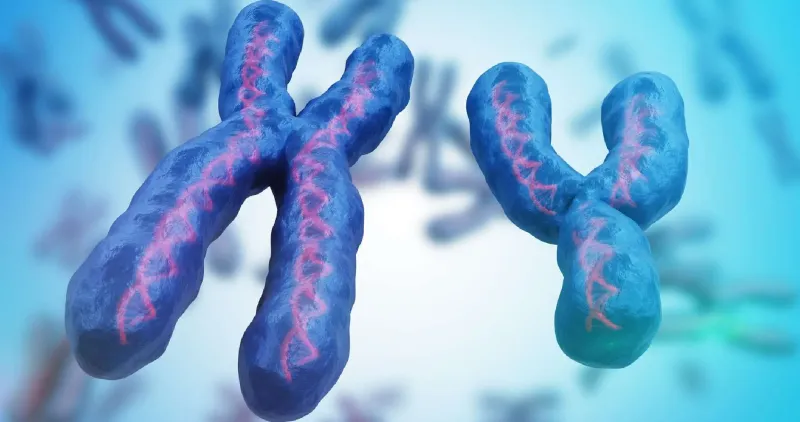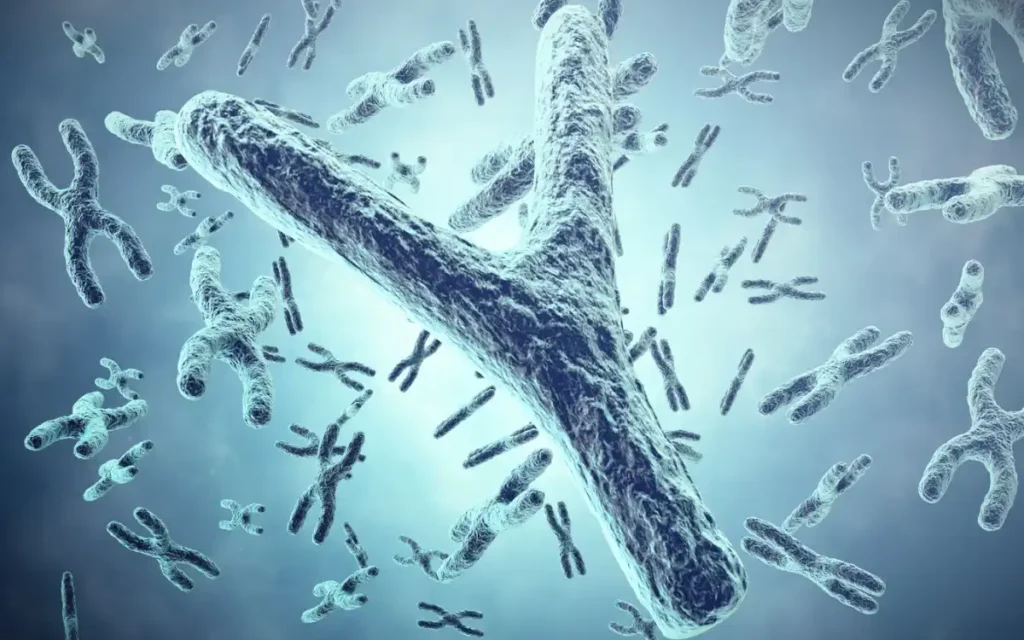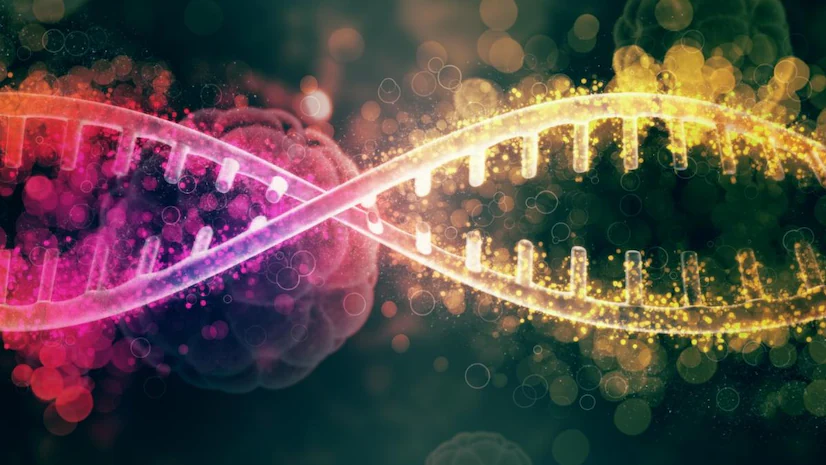The Y chromosome, which determines a man’s sex, is steadily decreasing and may vanish in a few million years, according to research.
Disappearing Y chromosome 2024: A male-determining gene located on the Y chromosome determines the gender of newborns, including humans and other mammals. But what happens when the Y chromosome disappears? The answer is this important chromosome could vanish in a few million years, possibly causing the extinction of humans.

Two rodent branches have already lost their Y chromosome and survived, which is good news. A 2022 study that showed hope for humankind’s future claims that the spiny rat has successfully created a novel gene that defines maleness. In the peer-reviewed Proceedings of the National Academy of Science journal, the paper was approved for publishing.
Role of the Y chromosome
Male humans have one X and one Y chromosome, while female humans have two X chromosomes. The Y chromosome, which has just 55 genes as opposed to the X chromosome’s 900, is significantly smaller but plays a crucial part in defining male sex since it causes the testis to grow in an embryo.

The Y chromosome’s master gene, referred to as SRY (sex-determining region Y), triggers a genetic process that results in the development of male reproductive organs about 12 weeks after conception. This gene functions by activating SOX9, another important gene that is essential for male development in all vertebrates.
Decline of the Y chromosome
The X and Y chromosomal structures of most mammals are similar, however, this arrangement has problems since males and females have different amounts of some genes. It’s interesting to note that the platypus in Australia has completely distinct sex chromosomes that resemble those of birds, indicating that the X and Y chromosomes found in mammals were formerly common.

The Y chromosome has lost a large number of active genes over the 166 million years since humans and platypuses split apart, shrinking from 900 to just 55. Within the next 11 million years, the Y chromosome might completely disappear if current trends continue.
In the recent talks in 2024, Estimates of the Y chromosome disappearing vary among scientists; they range from its perpetual existence to its extinction in a few millennia.
Rodents without a Y chromosome

Luckily, two rodent lineages have already lost their Y chromosome and are still going strong: the spiny rats of Japan and the mole voles of Eastern Europe. The Y chromosome and SRY gene have vanished from these animals, while the X chromosome is still present in both men and females.
The research team led by Asato Kuroiwa from Hokkaido University discovered that in spiny rats, the majority of the Y chromosome’s genes had been rearranged to other chromosomes. On chromosome 3 in males, they discovered a little duplication close to the SOX9 gene that might potentially replace the missing SRY gene.

When transplanted into mice, this duplication increased SOX9 activity, suggesting that spiny rats had evolved a novel means of identifying the male sex independent of the Y chromosome.
Implications for the future of humanity
The potential loss of the human Y chromosome with age raises questions about how our species will fare in the future. Men are essential to the survival of our species because they are necessary for the reproduction of mammals, including humans, unlike certain reptiles that can reproduce asexually.

But there is some hope thanks to the emergence of a novel sex-determining gene, as observed in spiny rats. But there’s a risk with this process: if multiple new sex-determination systems appear in different places, it might lead to the emergence of a new species of humans, each with its sex chromosome.
If someone were to come back to Earth in 11 million years, they might not see people the way we do. Rather, they may come across multiple distinct human species, each distinguished by its sex-determination mechanism.
Read more: Understanding Medical Coding: The Key to Accurate Healthcare Documentation!











